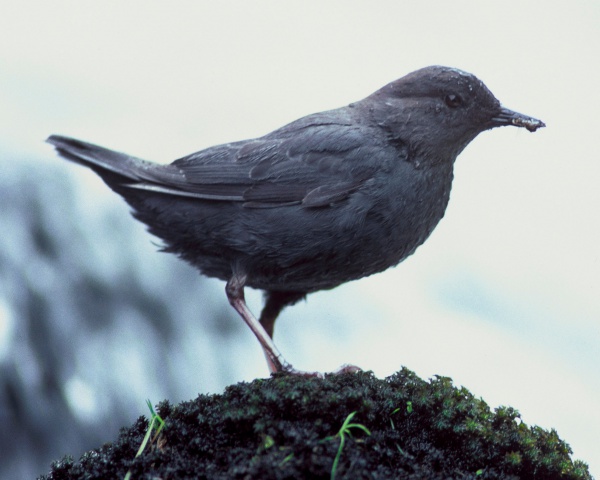Facts About Dipper
Dippers are captivating little birds, renowned for their extraordinary ability to dive and swim underwater. These robust birds belong to the genus *Cinclus* within the Cinclidae family. The genus was first described by Moritz Balthasar Borkhausen in 1797, with the white-throated dipper designated as the type species. There are five species within this genus: the white-throated dipper, brown dipper, American dipper, white-capped dipper, and rufous-throated dipper.
You can typically find dippers in freshwater habitats, particularly in the highlands of the Americas, Europe, and Asia. These birds are remarkably adapted to their aquatic lifestyle. They have short wings that aid in underwater propulsion, dense feathers that provide waterproofing, and specialized adaptations for enhanced underwater vision and oxygen storage. Their diet primarily comprises invertebrates, small fish, and fish eggs, which they procure while foraging in fast-flowing streams and rivers.
When it comes to breeding, dippers establish territories along rivers. They construct dome-shaped nests, usually near the water. The number of eggs varies among species, and after the incubation period, the initially helpless young eventually fledge. Dippers communicate using loud calls and visual signals, including their characteristic bobbing movements.
However, these birds face several threats, including pollution, river regulation, and human persecution, which jeopardize their freshwater habitats. While most dipper species are currently classified as of least concern, the rufous-throated dipper is listed as vulnerable due to its declining population. Despite these challenges, dippers continue to thrive in many of their natural habitats.

 Spain
Spain